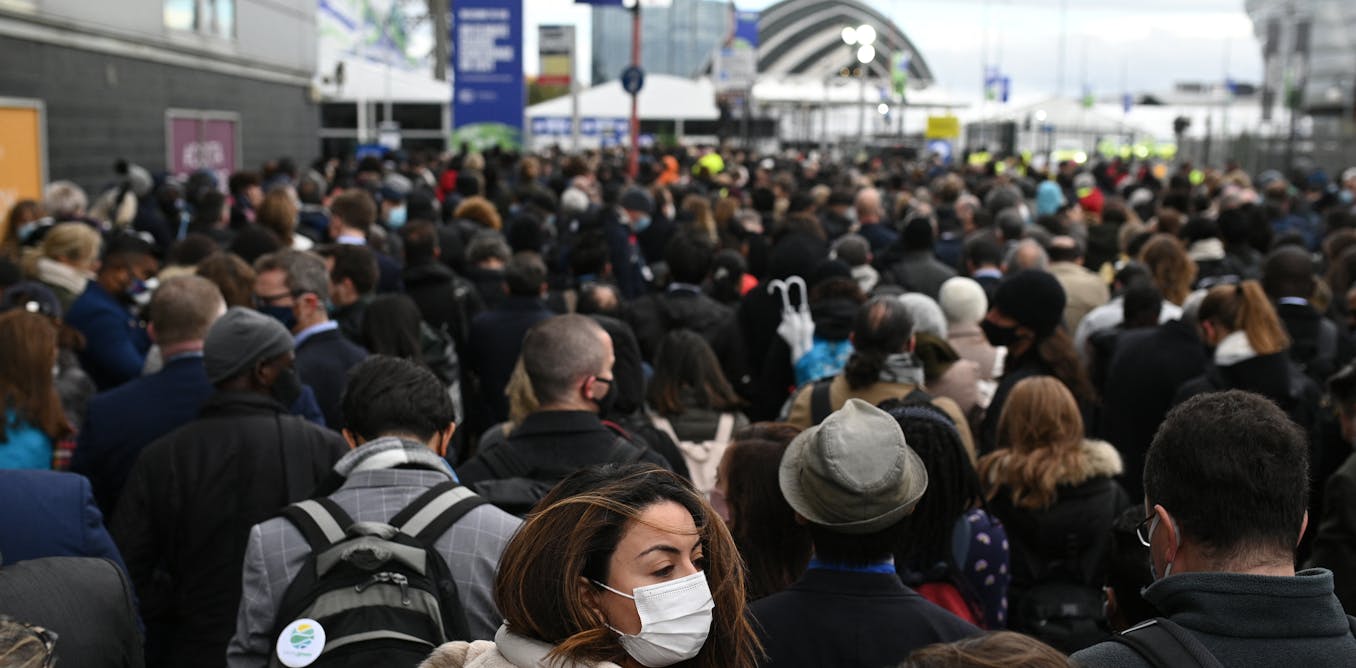This article is part of our exclusive IEEE Journal Watch series in partnership with IEEE Xplore.
Some truly passionate java junkies may be adept at distinguishing between various coffee flavors, but a new e-nose may give these folks a run for their money. The new sensing system, which can distinguish coffee aromas consistently with 98 percent accuracy, is described in a study published last month in IEEE Transactions on AgriFood Electronics.
E-noses are devices that assess gases to classify the nature of the substance at hand. They are growing in popularity, thanks to their ability to facilitate quality assurance of products (such as whiskey), provide real-time health assessments (such as an individual’s glucose levels), and to support sustainable agriculture (such as identifying when a crop is ready for harvesting).
“The broader goal is to contribute to the preservation and understanding of aromas in the face of environmental changes.”
—Chung-Hong Lee, National Kaohsiung University of Science and Technology, Taiwan
Chung-Hong Lee, a professor at the Department of Electrical Engineering at the National Kaohsiung University of Science and Technology, in Taiwan, is a passionate coffee drinker and was interested in applying e-nose technology in the context of one of his favorite beverages.
He notes that coffee varieties rely on an array of factors, including growing area, climate, post-harvest processing (such as dry and wet methods), roasting treatment, and the genetic makeup of beans themselves. But, importantly, climate change is altering the local environments that influence bean flavor and aroma.
“Beyond [my] personal enjoyment of coffee, the broader goal is to contribute to the preservation and understanding of aromas in the face of environmental changes, ensuring consistency in quality and flavor profiles across different crop years,” explains Lee.
To create their e-nose, Lee’s team used an array of eight commercial metal semiconductor oxide sensors that are sensitive to specific gases. These sensors detect which molecules are present, data that is then sent to an AI algorithm for processing. The researchers then trained and tested several different AI systems that could distinguish among 16 different coffee-bean varieties from around the world.
All of the AI algorithms performed very well, achieving an accuracy ranging from 81 to 98 percent, depending on the type of coffee. The best performing algorithm—one called a convolutional neural network (CNN) algorithm—nearly always had an accuracy exceeding 90 percent and reached an accuracy as high as 98 percent for several coffee varieties.
“Thus, the journey from drinking coffee to unraveling its aromatic secrets becomes a natural fusion of sensory delight and cutting-edge technology,” says Lee.
However, the value in this work goes beyond simply identifying the cup of coffee at hand. Lee’s team is using these data from their e-nose to build a comprehensive digital library of…
Read full article: E-Nose Sniffs Out Coffee Varieties Nearly Perfectly

The post “E-Nose Sniffs Out Coffee Varieties Nearly Perfectly” by Michelle Hampson was published on 01/11/2024 by spectrum.ieee.org

































